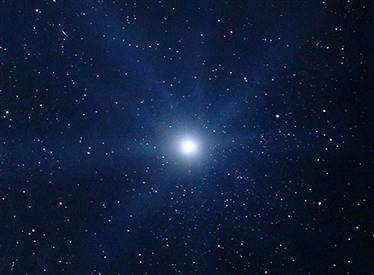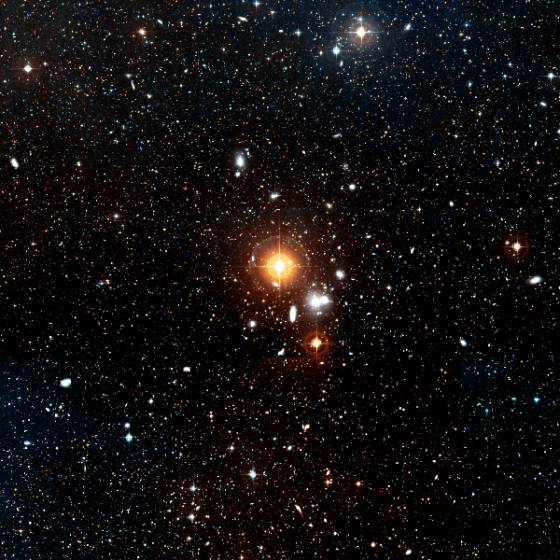Neogene period was the age of Mammals. Neogene period is in tertiary period of Cenozoic era. The period when first hominids , modern forms of whales became exist. Megalodon is the shark that swam the seas by this time. This period is consisted of 2 Epoch: Pliocene (5-1.8 mya); Miocene (24-5 mya). Miocene is about mammals, bears, horses, monkeys and birds.
Neogene Period.
Project Reflection
1. What did you enjoy most about this project?
I enjoy creating the glog and working with partner, this could help a lot to understand the project. Collaboration is good.
2. What was most challenging about this project? Why?
The most challenging was search the information and write them in own words. I could not understand those professional words. It was hard to find information.
3.What are 3 things that you learned from this project?
I learned that Neogene was the age of mammals. New life was formed in this period, such as sharks, mammoths, bears, etc. And Andes Mountain formed in South America because the movement of tectonic plate. Also high temperature was cause appeared deserts and dry forests in Australia continent.
4. What you change about this project and why?
I do not need to change anything about this project, because my partner and I already changed it many times before. And both of us think that the glog and video is done with careful and detailed.
Extra Credit
Summary
Paleogene was period of made up life in the Earth. The Paleogene consist of 3 epochs: Oligocene, Eocene and Paleocene. New living thing appeared on this period such as first large mammals, deer, pigs, cats, rhinos, tapirs and new form of whales. First whale appeared in Paleocene epoch between 65 and 54 million years ago.
Paleogene Period.









